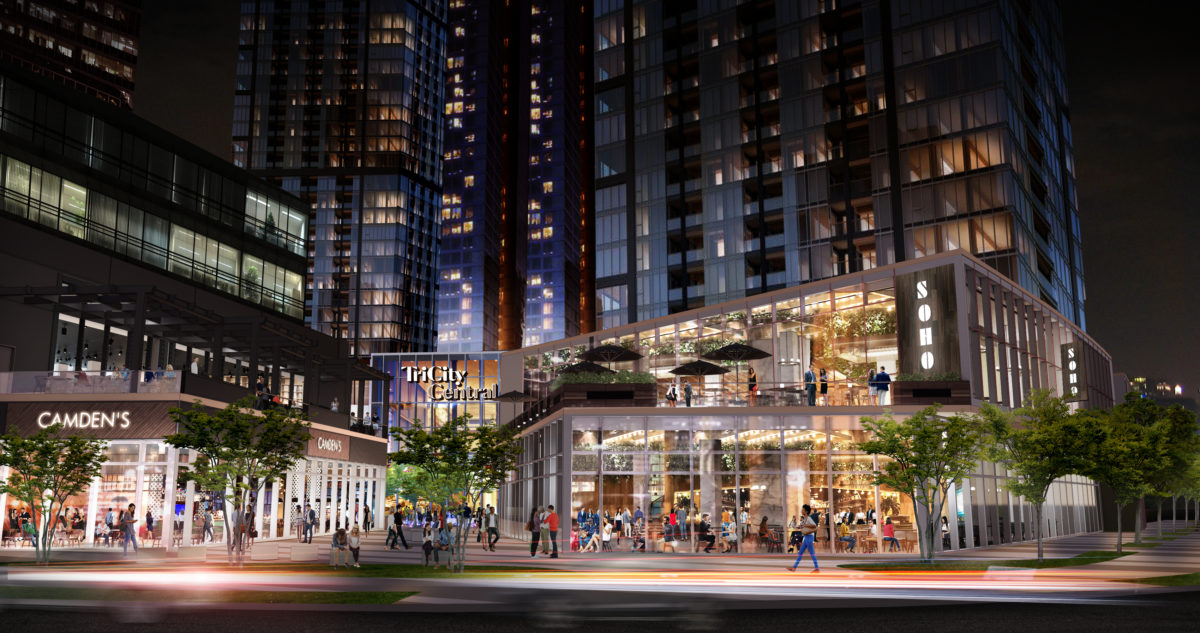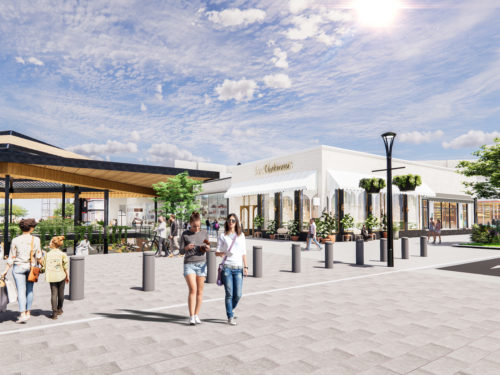In 2022, there was almost 998 million square feet of office space empty in the US and in need of tenants (NY Times, December 2022), almost 13% of the market. The US will end the decade with 330 million square feet, which qualifies as excess vacancy attributable to remote and hybrid strategies. The overall level of vacancy will therefore be 55% higher than was observed prior to the pandemic (Cushman and Wakefield).
So, converting office buildings into residential units is a popular topic in the US now, driven by the need for affordable housing in urban areas and the desire for more sustainable development practices. It’s considered an obvious solution with many downtowns faced with historically high vacancy rates, as the demand for office space is reduced by flexible hours and remote working.
Whilst some Class B office buildings are upgrading to offer enticing amenities, from boutique hotel style lounges and cozy nooks to rooftop terraces, green spaces, pop-up installations, fitness centers, spas, and convenient retail options, all aimed at creating the best possible working environment, others though may have to consider alternate uses.















